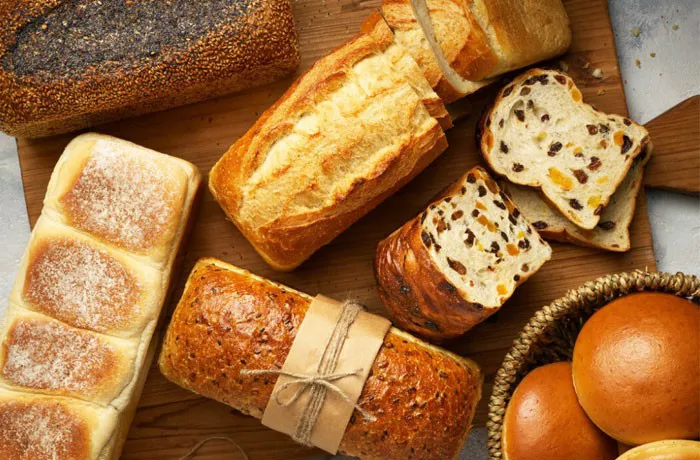Bread Top, a renowned bakery franchise, has carved a niche for itself in the competitive food industry with its unique offerings and commitment to quality. Established in 2002, Bread Top has expanded rapidly, boasting a diverse range of freshly baked goods that cater to various tastes and preferences. From fluffy bread loaves to delectable pastries and cakes, Bread Top has won the hearts of customers worldwide.
Bread Top Franchise Initial Investment
Investing in a Bread Top franchise offers entrepreneurs a promising opportunity to tap into the booming bakery market. However, before delving into the potential returns, it’s crucial to understand the initial investment required. The initial investment for a Bread Top franchise typically includes franchise fees, equipment, leasehold improvements, and other startup expenses.
Franchise fees vary depending on factors such as location and size of the franchise. On average, franchise fees for Bread Top range from $50,000 to $100,000. Additionally, entrepreneurs need to allocate funds for equipment purchases, which can amount to $100,000 to $200,000. Leasehold improvements, including store renovations and signage, may require an investment of $50,000 to $100,000.
Taking these factors into account, the total initial investment for a Bread Top franchise can range from $200,000 to $400,000. It’s essential for potential franchisees to conduct thorough due diligence and budgeting to ensure they have the necessary capital to launch their venture successfully.
Bread Top Franchise Ongoing Expenses
Beyond the initial investment, operating a Bread Top franchise entails ongoing expenses that need to be carefully managed to ensure profitability. These ongoing expenses include rent, labor costs, inventory, marketing, utilities, and royalties.
Rent costs vary significantly depending on the location and size of the franchise. On average, rent expenses for a Bread Top franchise can range from $5,000 to $15,000 per month. Labor costs, including salaries and benefits for employees, typically constitute a significant portion of ongoing expenses and may amount to $10,000 to $20,000 per month.
Inventory expenses involve purchasing ingredients and supplies necessary for baking and maintaining adequate stock levels. Depending on the volume of sales and product offerings, inventory expenses can vary widely but generally range from $5,000 to $15,000 per month. Marketing expenses are essential for promoting the franchise and attracting customers, with an average monthly expenditure of $2,000 to $5,000.
Utilities such as electricity, water, and gas also contribute to ongoing expenses, typically amounting to $1,000 to $3,000 per month. Additionally, franchisees are required to pay royalties to Bread Top, usually calculated as a percentage of gross sales, which can range from 4% to 8%.
Bread Top Franchise Financial Projections
To assess the financial viability of a Bread Top franchise, it’s crucial to develop comprehensive financial projections that take into account both revenues and expenses. Financial projections provide valuable insights into the potential profitability and return on investment (ROI) of the franchise.
Revenue projections for a Bread Top franchise depend on factors such as location, customer traffic, product offerings, and pricing strategy. On average, a well-performing Bread Top franchise can generate annual revenues ranging from $500,000 to $1,500,000.
By contrast, expenses encompass various costs associated with operating the franchise, including rent, labor, inventory, marketing, utilities, and royalties. Based on industry benchmarks and historical data, total annual expenses for a Bread Top franchise typically amount to 60% to 80% of gross revenues.
Using these revenue and expense projections, franchisees can calculate their potential net income and ROI over time. It’s essential to conduct sensitivity analysis to assess the impact of different scenarios and variables on financial performance, such as changes in sales volume, pricing, and operating costs.
Bread Top Franchise ROI
The return on investment (ROI) for a Bread Top franchise can vary depending on several factors, including the initial investment, operating efficiency, market conditions, and management effectiveness. However, with diligent planning, strategic execution, and adherence to Bread Top’s proven business model, franchisees can achieve attractive returns on their investment over time.
Conclusion
In conclusion, investing in a Bread Top franchise offers entrepreneurs a promising opportunity to enter the thriving bakery market and capitalize on the brand’s reputation for quality and innovation. By carefully analyzing the initial investment, ongoing expenses, financial projections, and ROI potential, prospective franchisees can make informed decisions and position themselves for long-term success in the bakery industry.

